PROTECT YOUR DNA WITH QUANTUM TECHNOLOGY
Orgo-Life the new way to the future Advertising by AdpathwayGrowing food in shaded areas is all about matching the crop to the light conditions. While many do, not all edible plants require full sun to thrive. Once you have an idea of what type of edible plants don’t mind some shade, you can start on the right foot.
Fruiting vegetables like tomatoes and peppers typically need a lot of sunlight to produce flowers and fruit. So these don’t make good shade crops. You’ll end up with leggy plants that bear little to no fruit, which can be pretty disappointing.
However, many leafy greens, quite a few root vegetables, and even some berries work well as edible shade plants. While few edible plants can thrive in full shade, as long as your space gets a few hours of exposure, you can grow food crops. Some of them will even grow better with some protection from the sun.
Matador Spinach

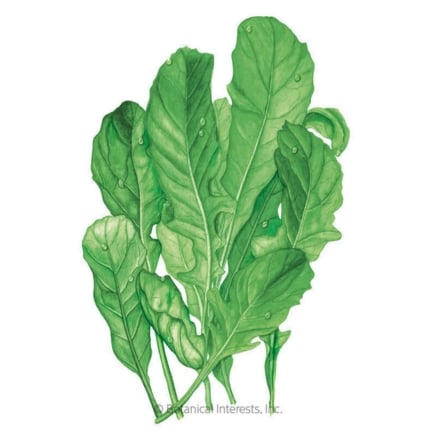
Astro Arugula/Rocket Seeds
Rosette Tatsoi Bok Choy

Rosette Tatsoi Bok Choy Seeds
Spinach
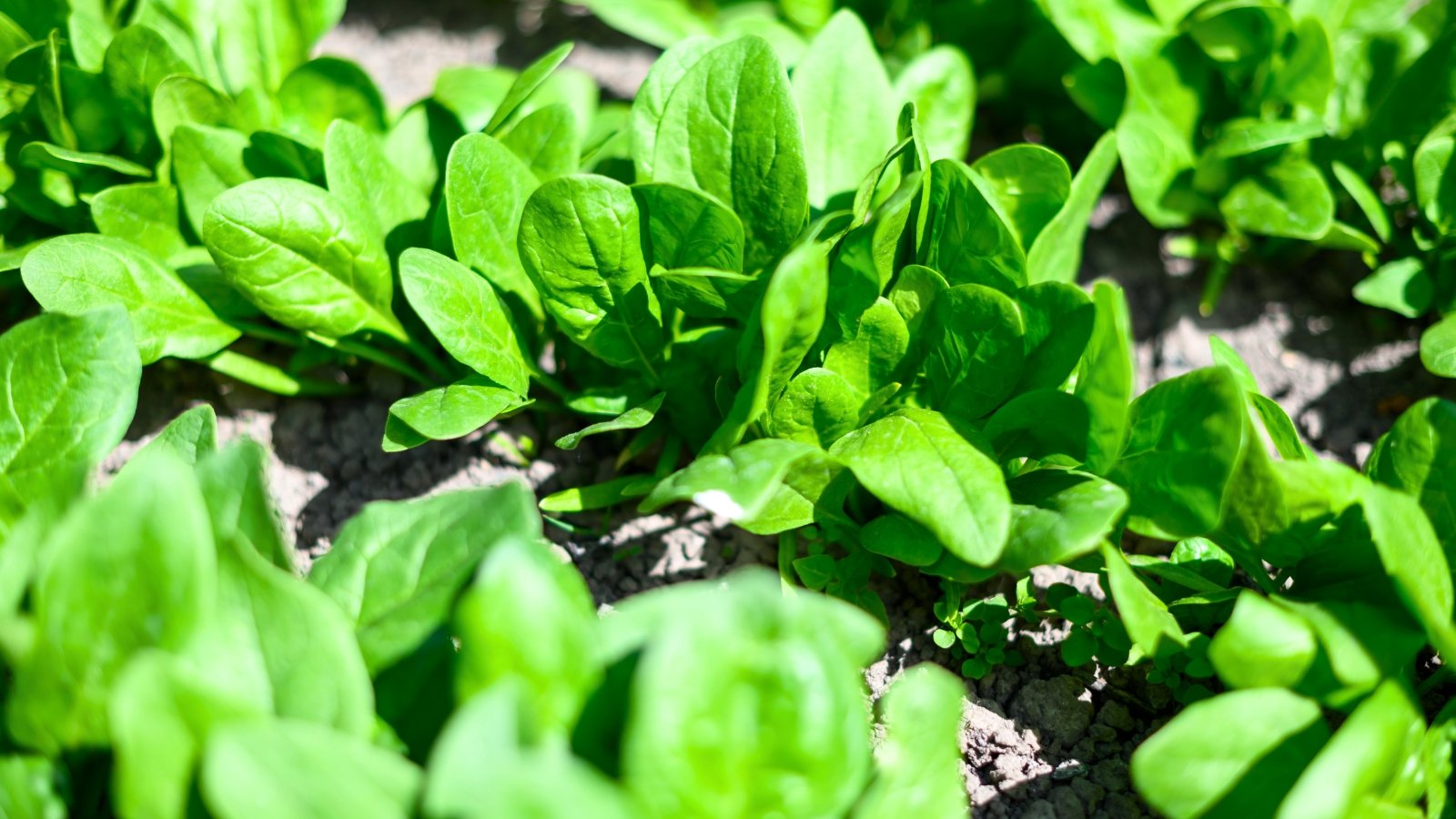 Afternoon cover keeps leaves tender and prevents bolting.
Afternoon cover keeps leaves tender and prevents bolting.Growing spinach in partial shade is surprisingly easy and often produces more tender and flavorful leaves. This is especially true in warmer climates, as this edible shade plant prefers cold weather. If you plant any time after early spring, your spinach will benefit from shade in the afternoon.
Some shade will help to prevent your spinach from bolting. Spinach prefers moist soil, and too much sun evaporates moisture quickly. Limiting that exposure to the morning will prevent leaf scorch and keep your spinach tender and mild-tasting. It needs about three hours of sun in the morning, or dappled light for most of the day.
Swiss Chard
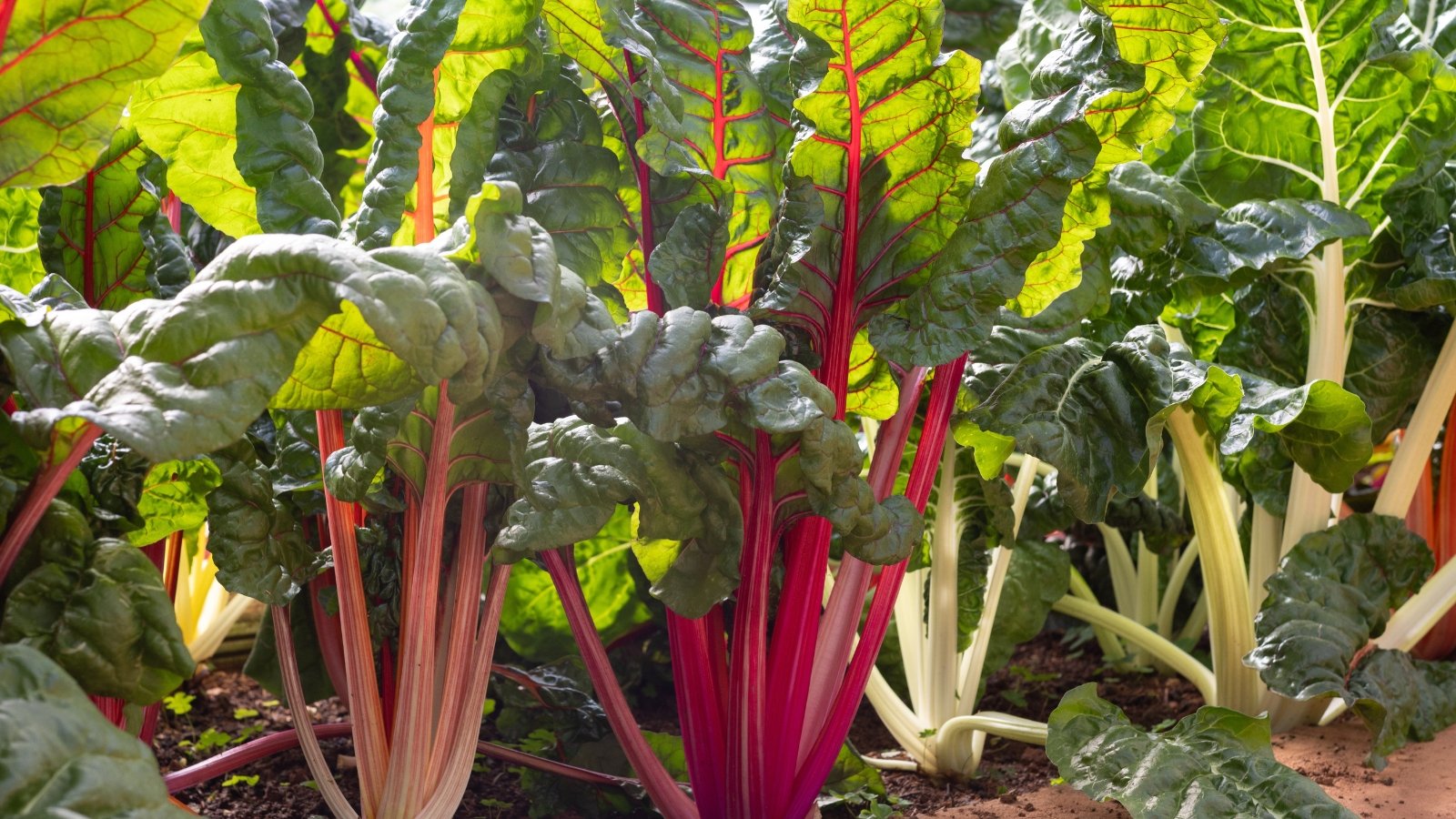 Partial cover sweetens leaves and extends harvest.
Partial cover sweetens leaves and extends harvest.For long-lasting and tender leaves, partial shade is ideal for Swiss chard. It’s especially helpful in warmer climates and during summer. This edible shade plant is adaptable and doesn’t need full exposure to thrive. Planting in some shade can extend the harvest season and reduce stress.
This light level is ideal for preventing your chard from wilting or burning. Keeping it cool will create sweeter leaves that are more tender and less bitter, even in summer.
Three to five hours of exposure is plenty for your Swiss Chard. Dappled light is also appropriate. Select a shade-tolerant variety like ‘Fordhook Giant’ or ‘Bright Lights’.
Arugula
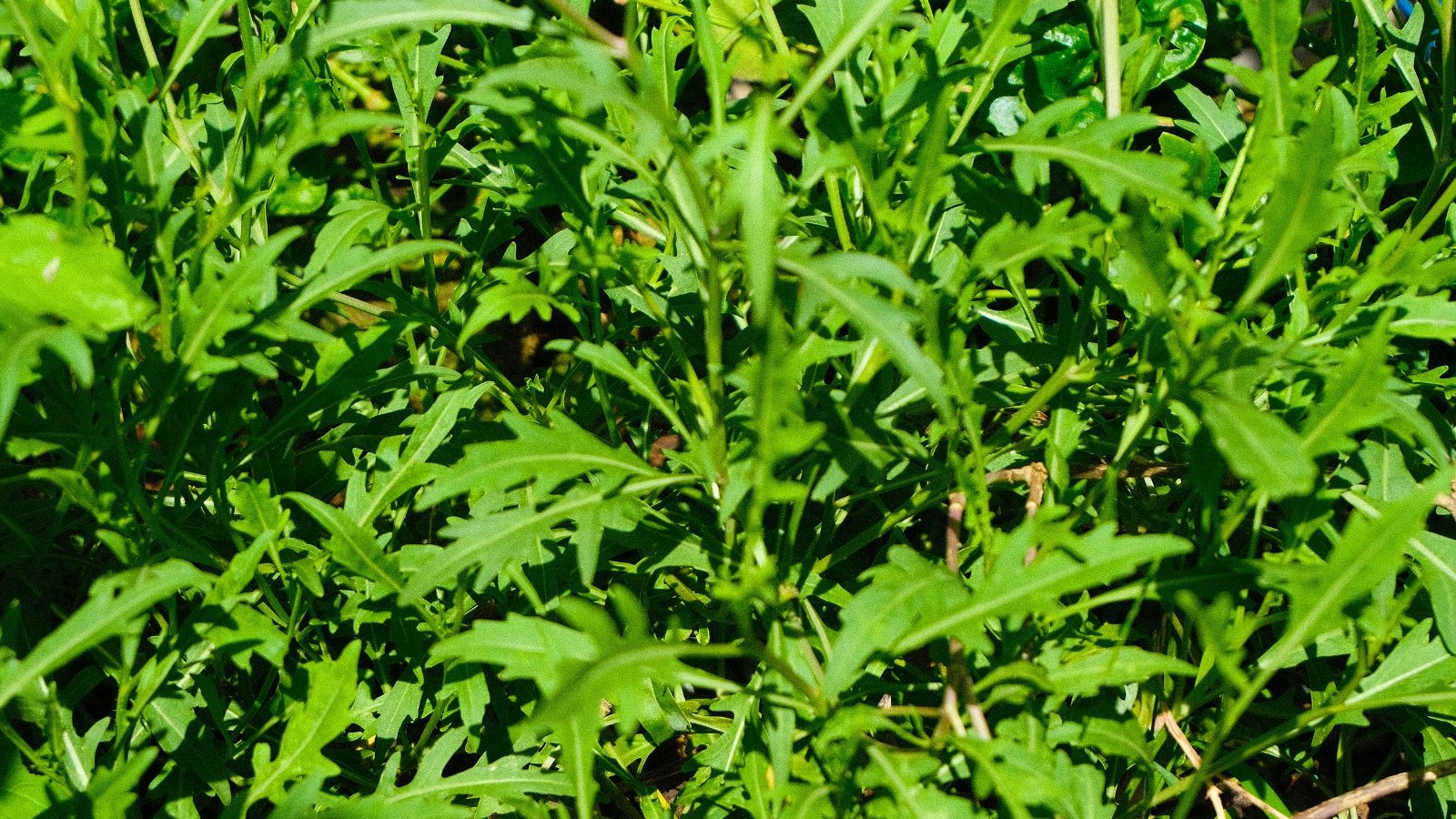 Cool conditions prevent bitterness and bolting.
Cool conditions prevent bitterness and bolting.Like other leafy green edible plants on this list, arugula grows well in partial shade. In fact, this will extend its harvest season and produce better quality leaves. Once the weather begins to warm, it will protect your arugula from intense afternoon heat, which can burn the leaves.
Arugula is a cool-season crop, and heat affects the flavor negatively. Too much heat will cause this vegetable to bolt, which makes the peppery leaves taste bitter. Some shade will help preserve moisture in the soil and lead to more tender and tasty leaves.
Sorrel
 Morning sun and filtered light preserve tart flavor.
Morning sun and filtered light preserve tart flavor.Sorrel is an edible leafy green plant that performs better when it gets partial shade. It likes about three to five hours of exposure in the morning, or dappled light all day. If you want tender, flavorful leaves, shade helps. It prevents bolting, which will make the leaves taste bitter.
Too much exposure will also make the texture of your sorrel leaves coarse. It ideally has a tart, lemony flavor, and when it bolts, it significantly affects the flavor. Keeping it cool and moist will mean healthier leaves rather than wilted ones. It thrives under a tree canopy in dappled light.
Tatsoi
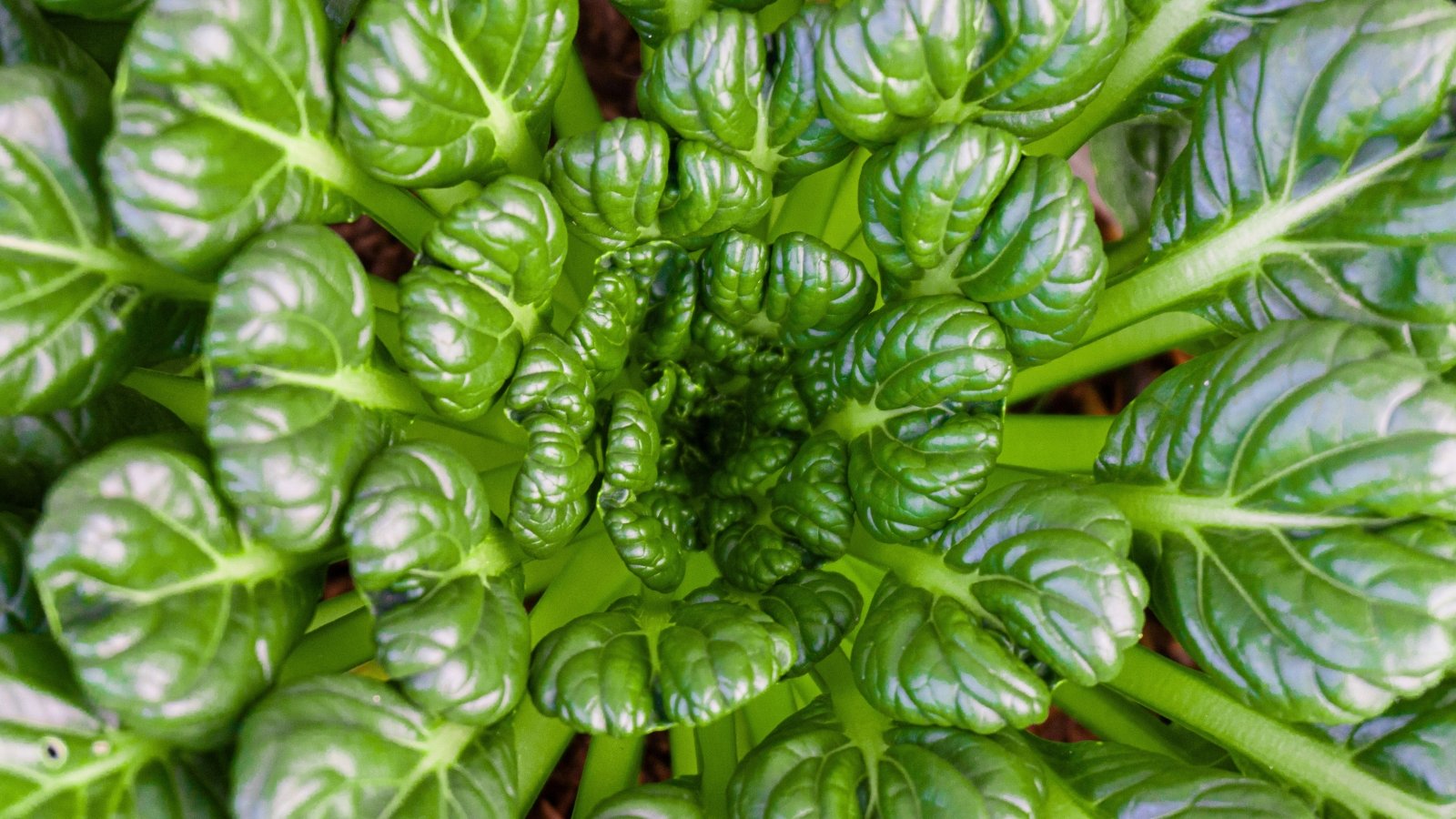 Afternoon protection keeps leaves sweet and mild.
Afternoon protection keeps leaves sweet and mild.If you want to improve the texture and taste of your tatsoi, give this edible plant some shade in the afternoon. This cold-hardy vegetable prefers cool weather, and in warm temperatures, it becomes stressed and bitter. Keeping it protected from the sun keeps it cool and produces for a longer period.
This Asian green is in the mustard family, and related plants also thrive in partial shade. It forms a low, compact rosette of leaves with a sweet, nutty flavor. It’s an excellent addition to stir-fries. The baby leaves are most tender, but even mature leaves are tender with a more robust flavor.
Mint
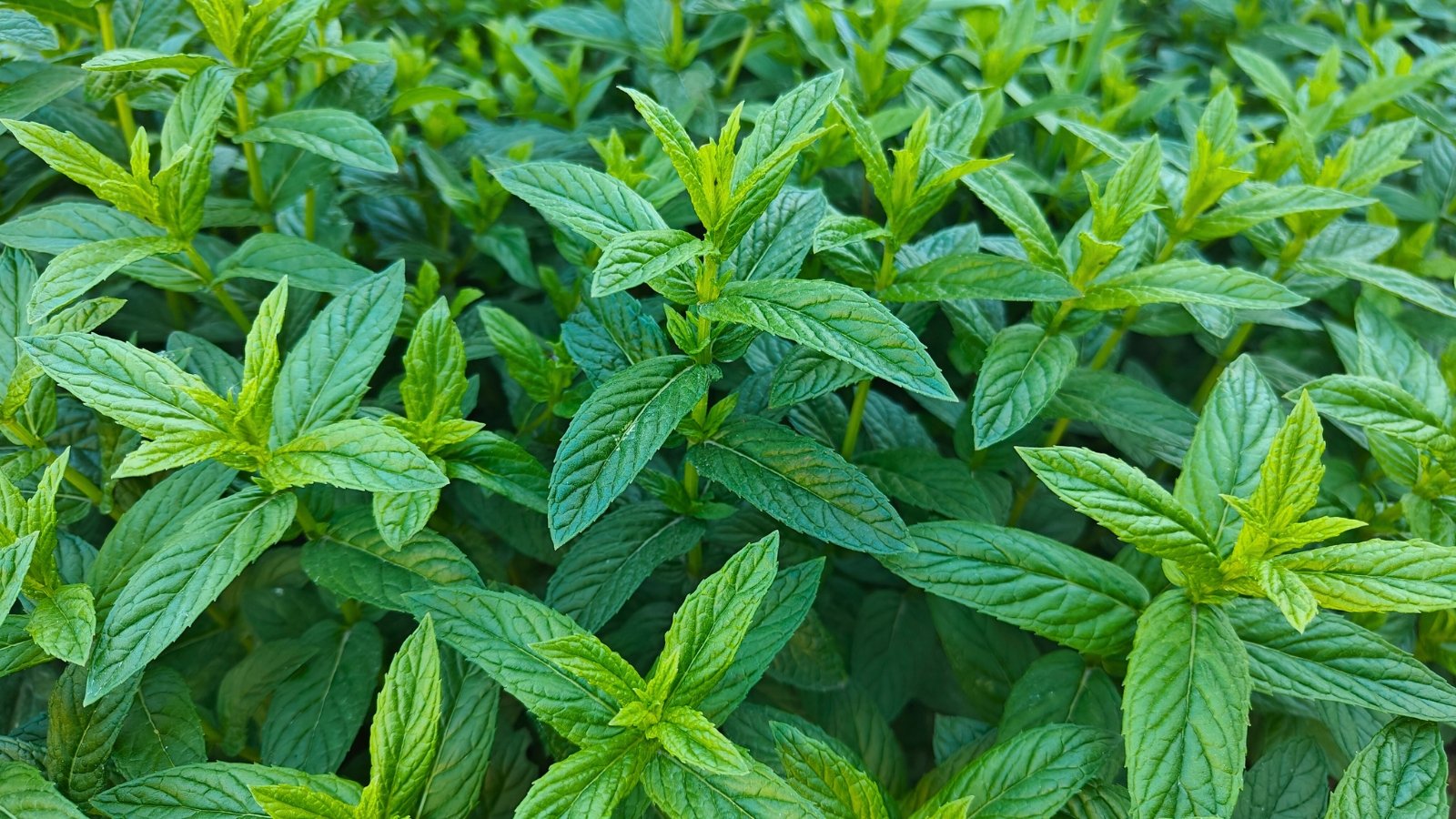 Light cover prevents scorch and keeps foliage lush.
Light cover prevents scorch and keeps foliage lush.Partial shade is ideal for mint, as full sun often scorches the leaves. It also reduces tenderness and causes wilting, especially in warm climates. In cooler regions, this edible shade plant tolerates full exposure, but even in these places, some protection is positive.
Grown in full sun, the leaves will be sparser and less flavorful. The foliage is more lush and attractive with some protection, especially in the afternoon. Mint likes moisture in its soil, and the sun dries it out faster. It performs well in dappled light, such as under a tree canopy.

Chervil
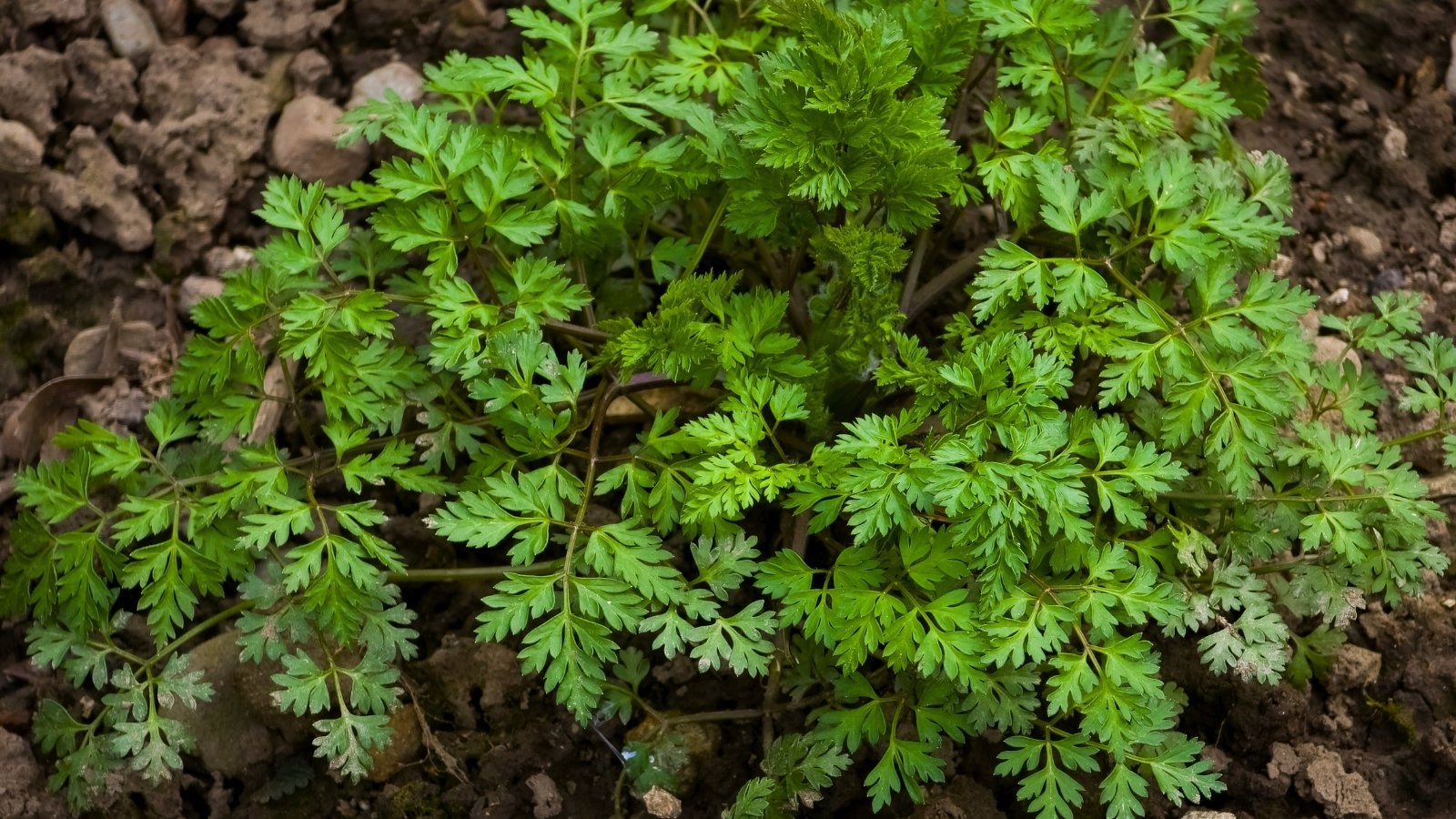 Gentle protection extends the season and flavor.
Gentle protection extends the season and flavor.Chervil is a delicate, cool-season herb that is similar to parsley. It has a milder flavor than traditional parsley, with light anise undertones. This edible plant is widely used in French and European cooking in general. Growing this herb in at least partial shade is ideal, as it prevents bolting and helps preserve the flavor.
Because it’s a cool-season annual, chervil has a tendency to bolt in warm weather. Keeping it protected in the afternoon will ensure a longer season and better harvest. You’ll have more tender and flavorful leaves this way. Dappled light is also an acceptable exposure level.
Garlic Chives
 Soft light prevents tip burn and stress.
Soft light prevents tip burn and stress.Garlic chives, unlike regular chives, thrive best in partial shade. This is an excellent way to keep their leaves tender and prevent heat stress. You can extend the harvest season this way and enjoy these tasty chives well into the summer months.
As a member of the onion family, garlic chives are naturally tolerant of lower light conditions. They still produce well without an abundance of exposure. They tend to get tip burn easily if exposed to intense afternoon sun. They also like moist but well-drained soil, so some shade is better for this.
Radishes
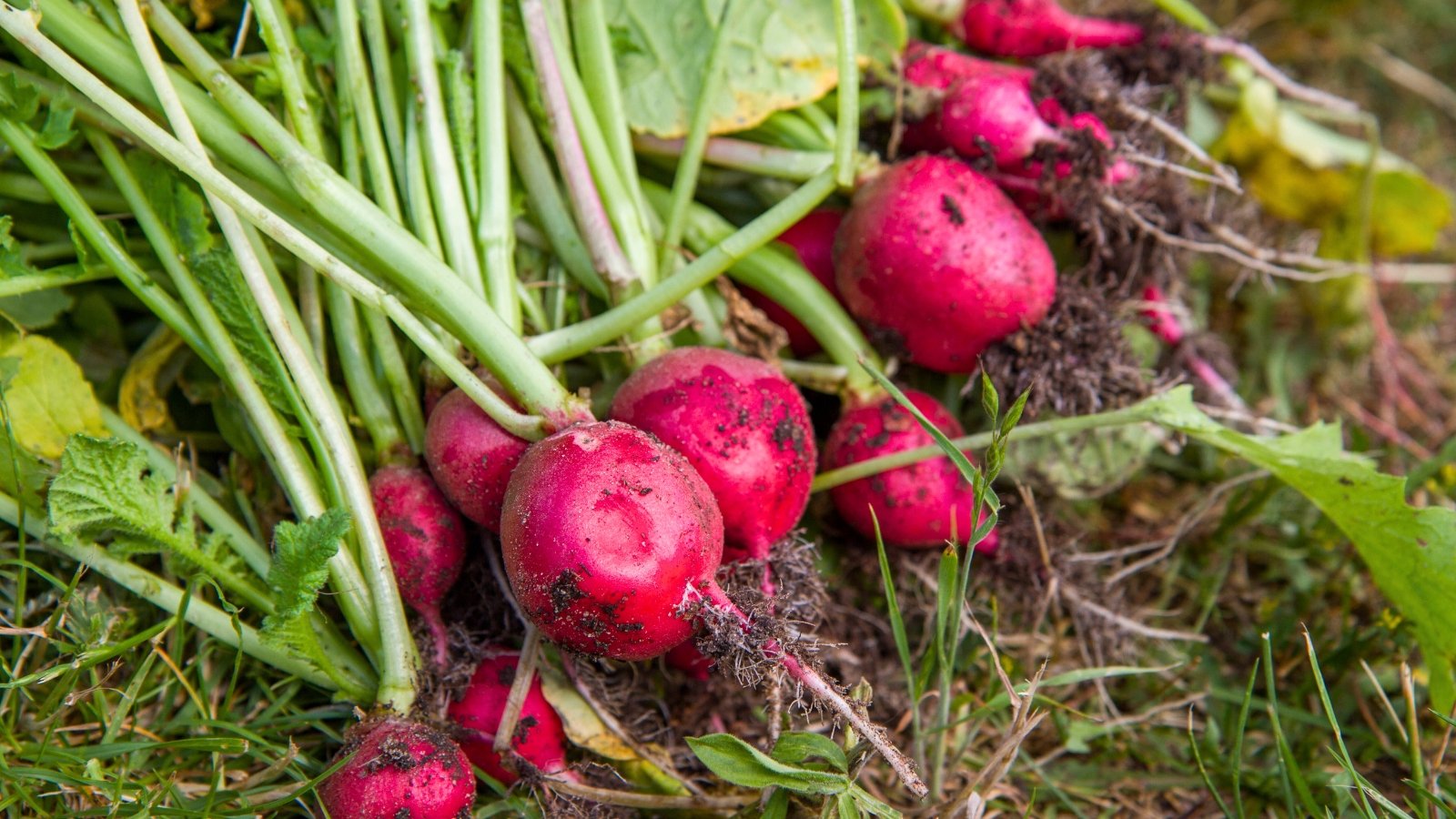 Cool growth keeps roots crisp and slows bolting.
Cool growth keeps roots crisp and slows bolting.Growing radishes in partial shade can improve their quality, especially in warm weather. They are fast-growing, and too much heat can lead to early bolting. They then turn woody and take on a sharp, unpleasant flavor. Protection from the sun keeps them tender and mild with a crisp texture.
Dappled light all day, or three to five hours of daily exposure in the morning, are ideal conditions. Plant your radishes in loose, well-draining soil to avoid rotting. They like moisture, but not soggy soil. They may grow a bit slower with less light, but it will improve the taste and texture.
Carrots
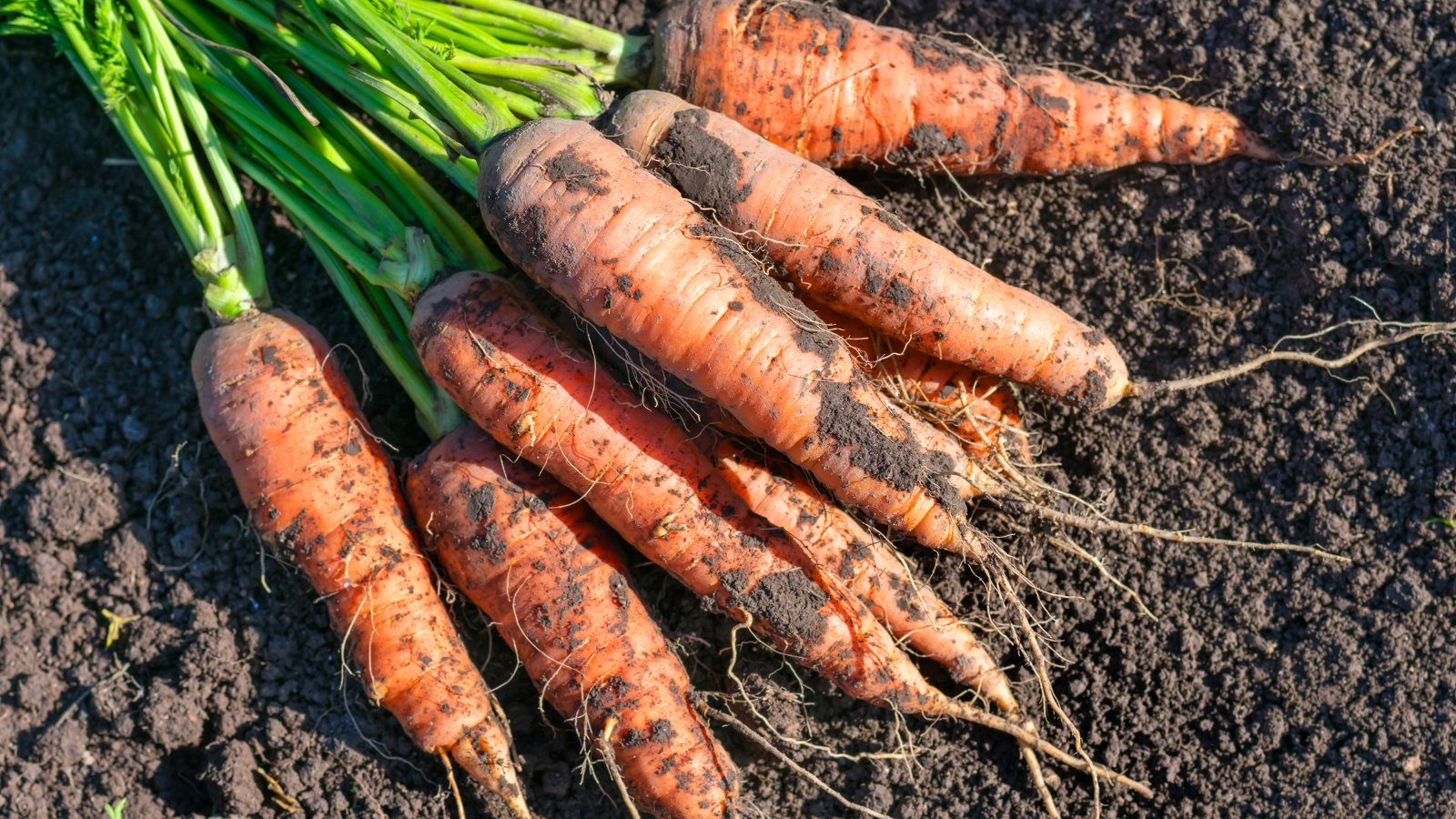 Cooler soil keeps roots sweet and tender.
Cooler soil keeps roots sweet and tender.Thrive may not be the perfect word, but carrots will certainly grow in some shade. As long as they get three to five hours of exposure in the morning, they are happy. It’s a good strategy, especially if you are growing them in the summer. Cooler soil will keep them sweeter and prevent them from becoming woody.
Hot weather accelerates the sugar-to-starch conversion, which negatively affects the flavor of your carrots. Keeping the soil cool helps. Evenly moist soil is important for the healthiest roots possible. Bright, dappled light is also an acceptable type of exposure.

Turnips
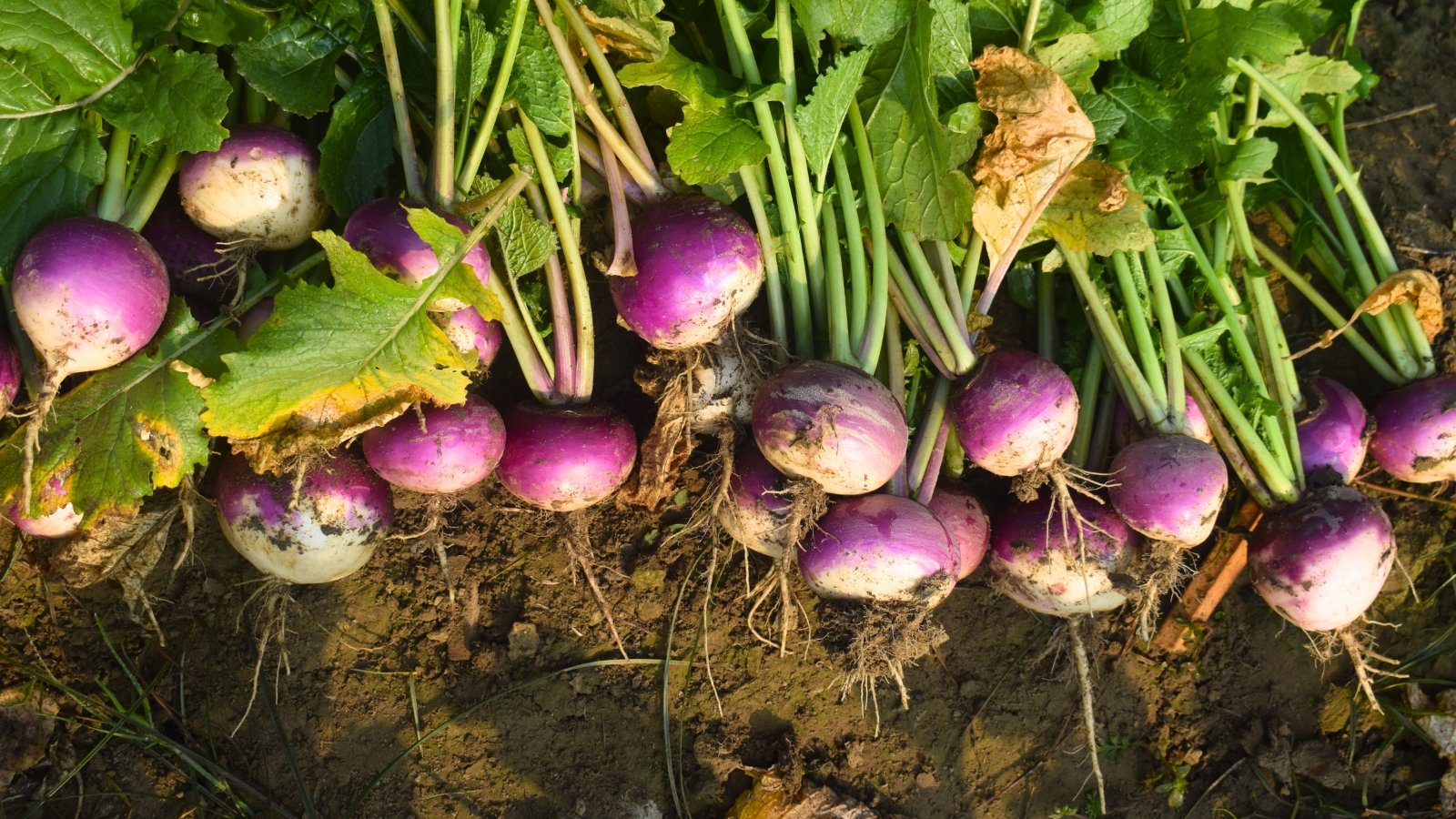 Gentle cover prevents woody, bitter roots.
Gentle cover prevents woody, bitter roots.The thing that most of these edible shade plants have in common is their preference for cool weather. The same applies to turnips. This means that if you want to grow them during the warmer months, some shade is preferable. It protects them from bolting early or turning woody.
Growing your turnips in partial shade or dappled light will keep them crisp and mild. Too much heat, and you can end up with bitter, spicy turnips. Keeping the soil moist is also important, as it helps them resist cracking and pithiness. Three to five hours of sun is plenty, especially in warm climates.
Currants
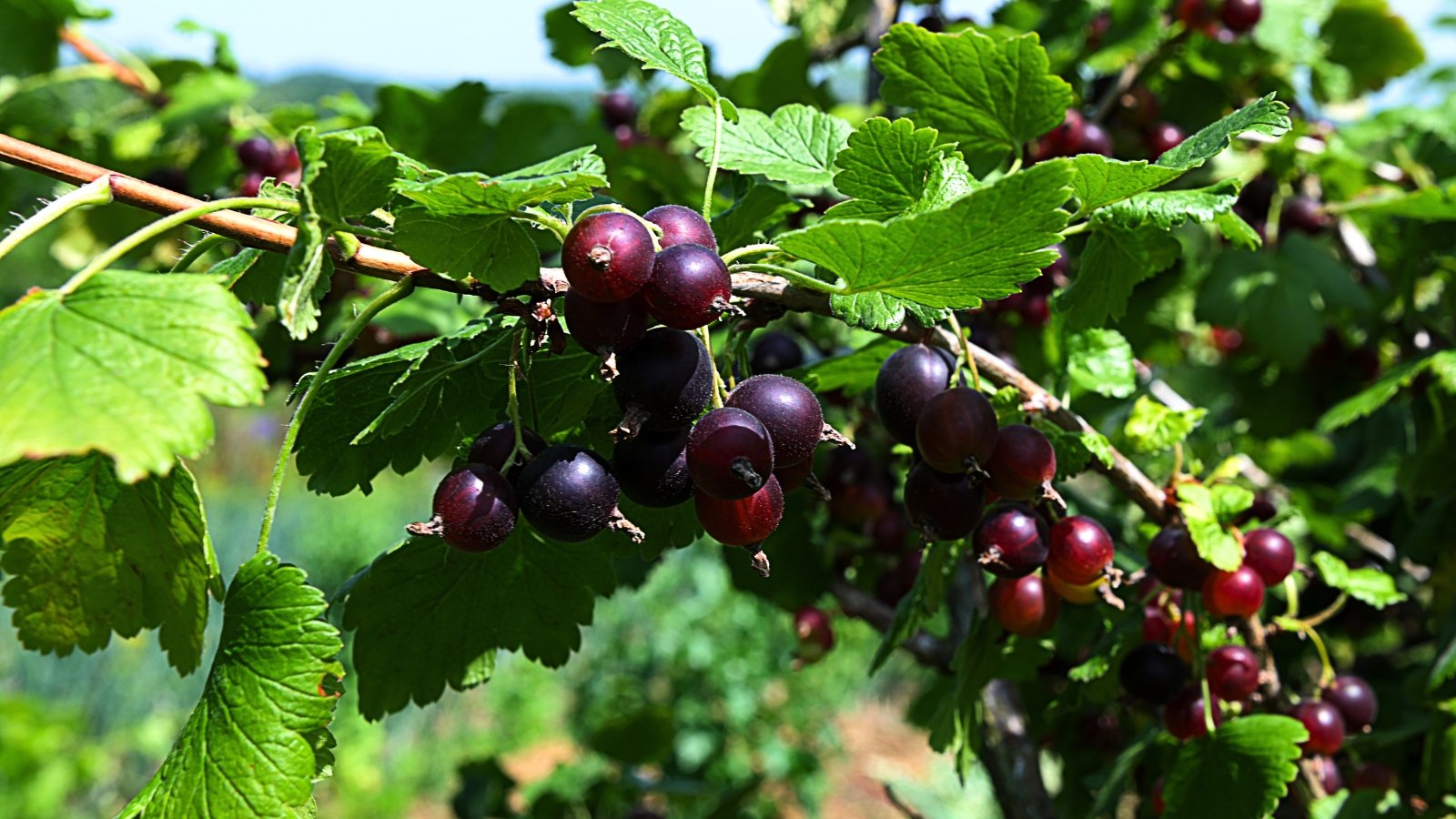 Protection from heat reduces stress and sunscald.
Protection from heat reduces stress and sunscald.Growing currants in partial shade works surprisingly well, especially in warmer climates. These edible shrubs naturally thrive in cooler climates and produce just as well with protection from intense sun. Heat stress in summer can cause smaller berries, and too much exposure may lead to sunscald.
Currants need moist soil. When they dry out, the fruit can drop early or crack. Dappled light all day is a good situation for these shrubs. In zones 6-8, partial protection in the afternoon is ideal.
Good King Henry
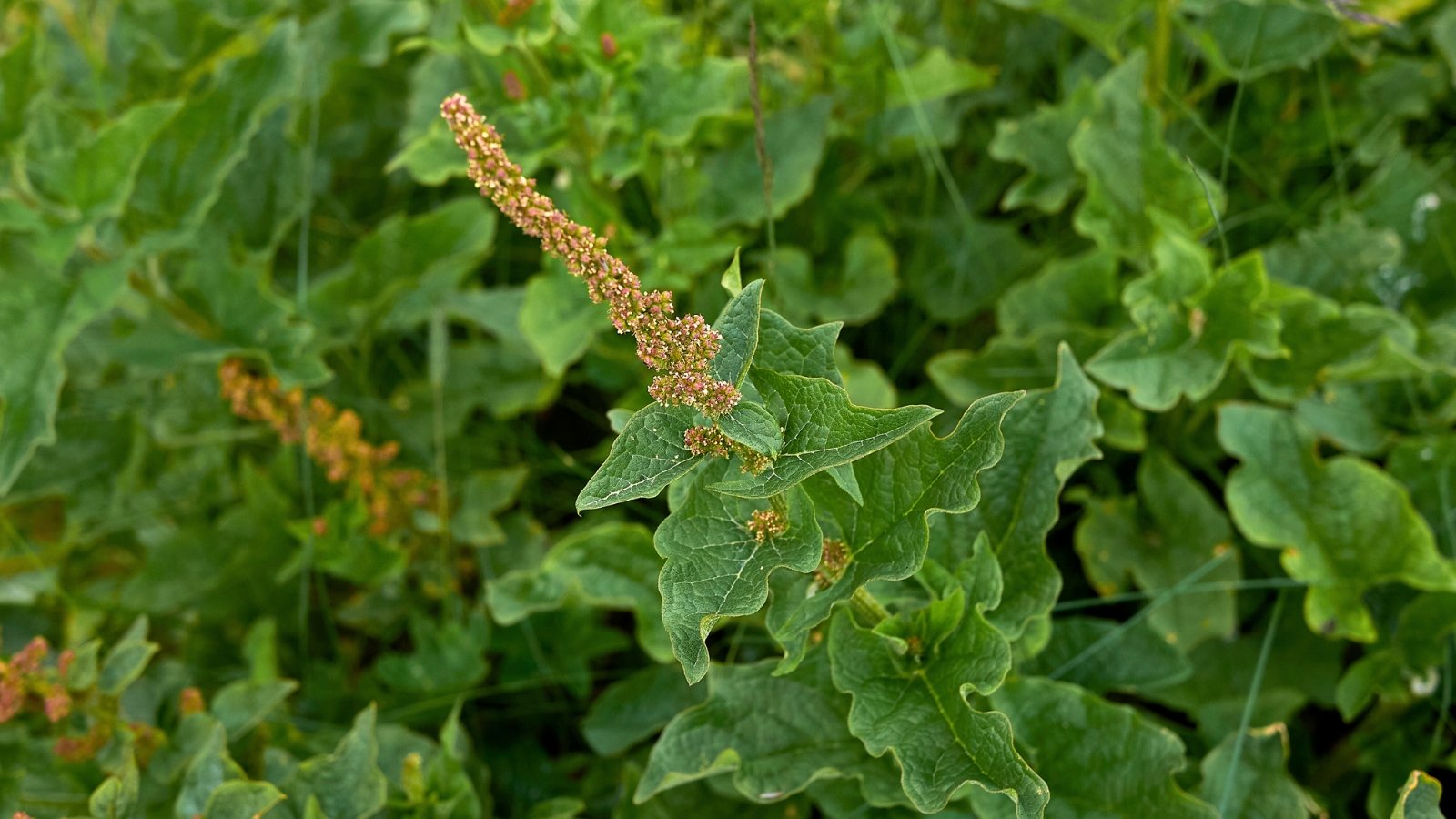 Soft light keeps shoots and leaves tender.
Soft light keeps shoots and leaves tender.Good King Henry is a perennial leafy green edible shade plant that was common at one time in cottage gardens. It’s similar to asparagus and is eaten the same way. You can also cook the leaves like spinach or add them to soups and stews. It’s related to amaranth, and all parts of the plant are edible.
Growing good King Henry in partial shade is a great idea, especially in the warmer reaches of its region. It’s naturally adapted to growing in woodland edges and cottage gardens, so it doesn’t need sun all day to thrive. In lower light, the tender shoots stay tender longer, and the leaves remain sweet.
Alpine Strawberries
 Afternoon protection sweetens fruit and extends the season.
Afternoon protection sweetens fruit and extends the season.Though it performs best in full sun, Alpine strawberry is an edible plant that survives and produces fruit in partial shade. In warmer regions, afternoon protection is ideal. They are adapted to woodland edges, and they make good companions for taller plants.
In warm climates, some sun protection will lead to sweet and juicy fruits. It also reduces sun scorch and causes them to ripen more slowly. It will extend the picking season. These edible shade plants prefer loose, rich, slightly acidic soil. Give them compost or fertilizer about mid-season.
Ramps
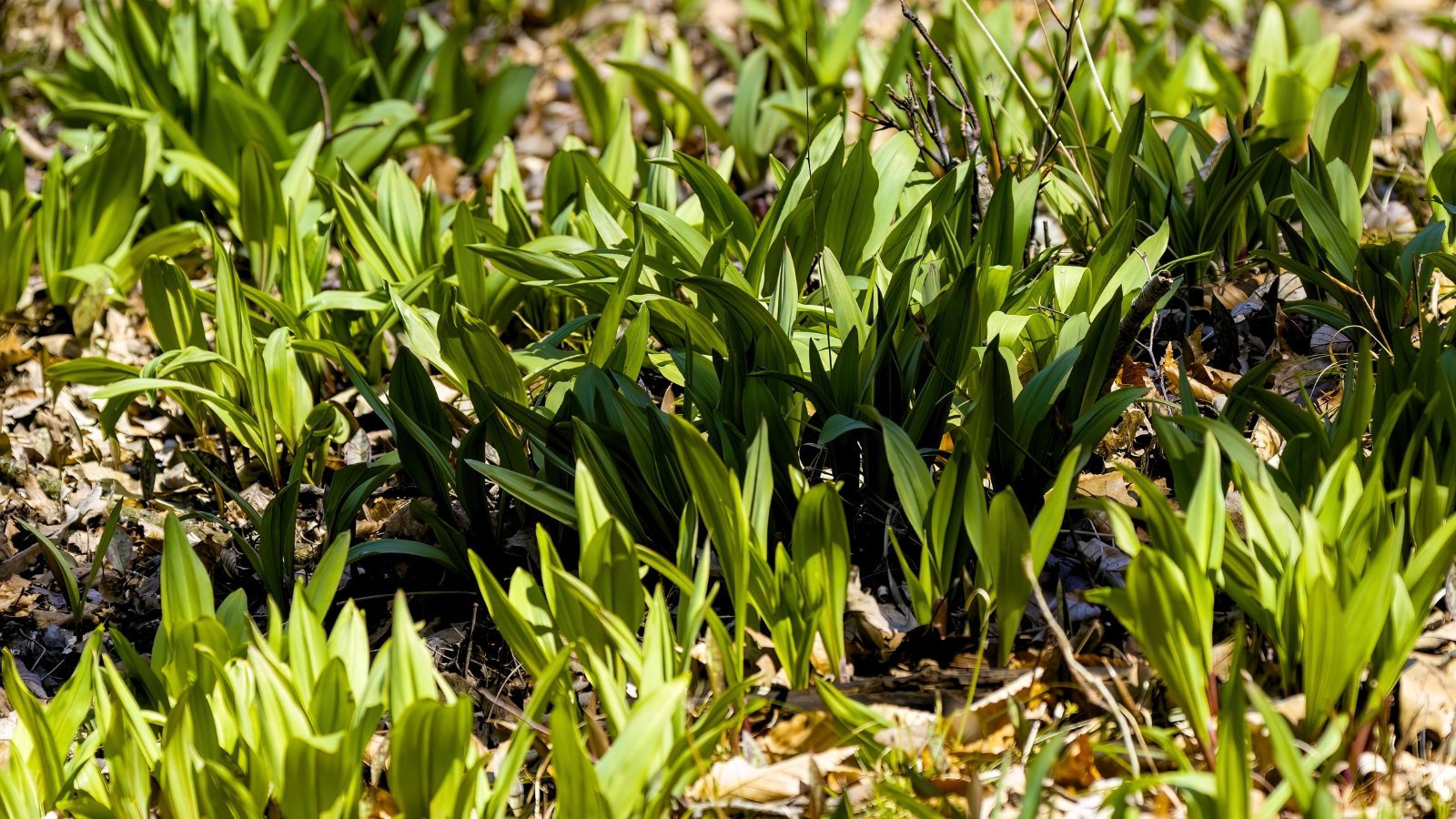 Thrives in moist soil with low light.
Thrives in moist soil with low light.Also known as wild leeks, ramps are related to garlic and prefer similar, cool conditions for optimal growth. This is the one edible shade plant on the list that can grow in nearly full shade. It’s best to plant them under deciduous trees, as they benefit from some exposure early on. As the trees leaf out, they get the protection they need in warming weather.
Ramps like loose, rich, moist soil with plenty of organic material. Planted from seeds, they take a long time to germinate, but you can plant bulbs for faster results. In autumn, spread a thick layer of leaf mulch over the ground to insulate, feed the bulbs, and retain moisture in the soil.


 3 days ago
9
3 days ago
9
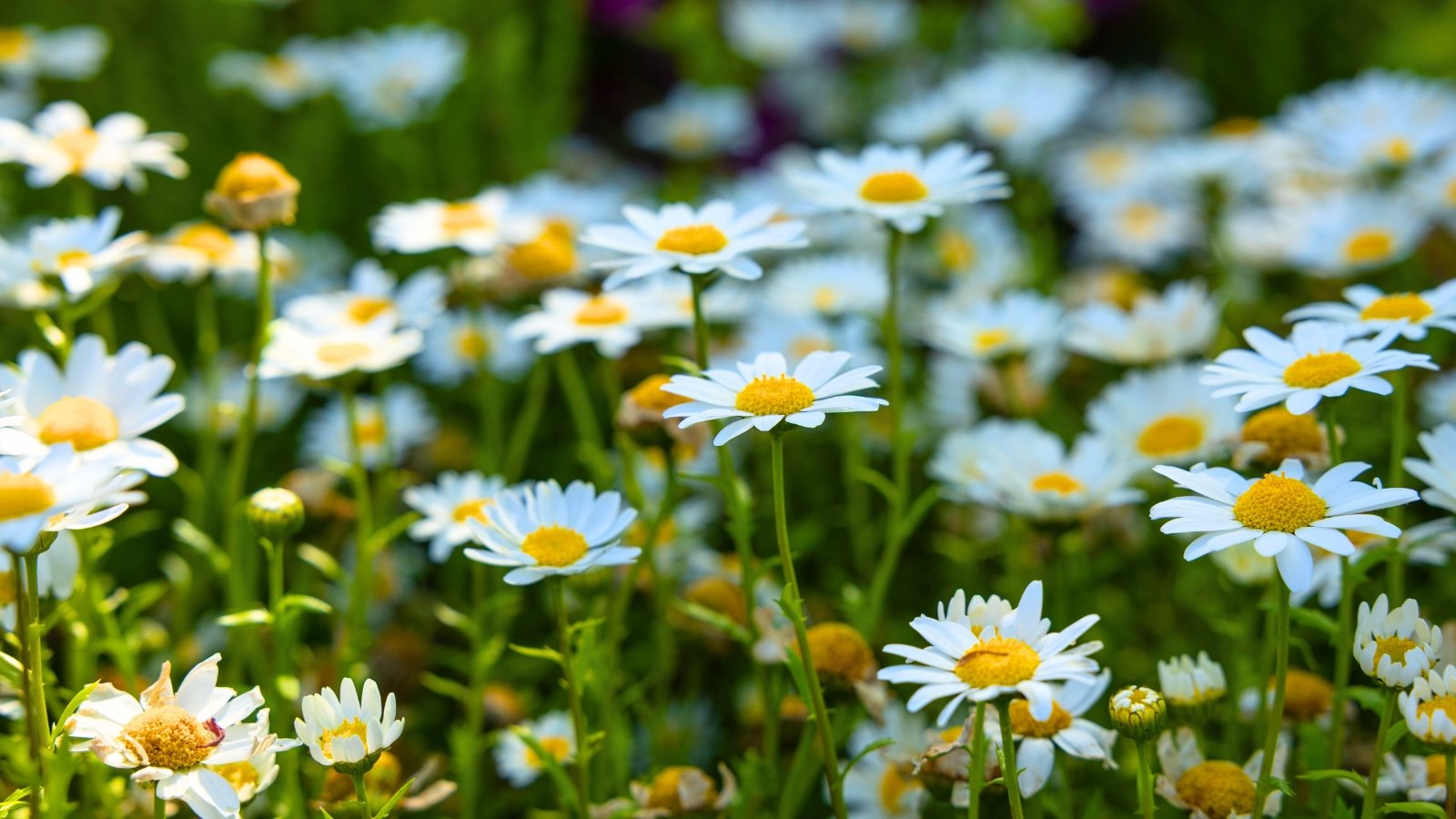


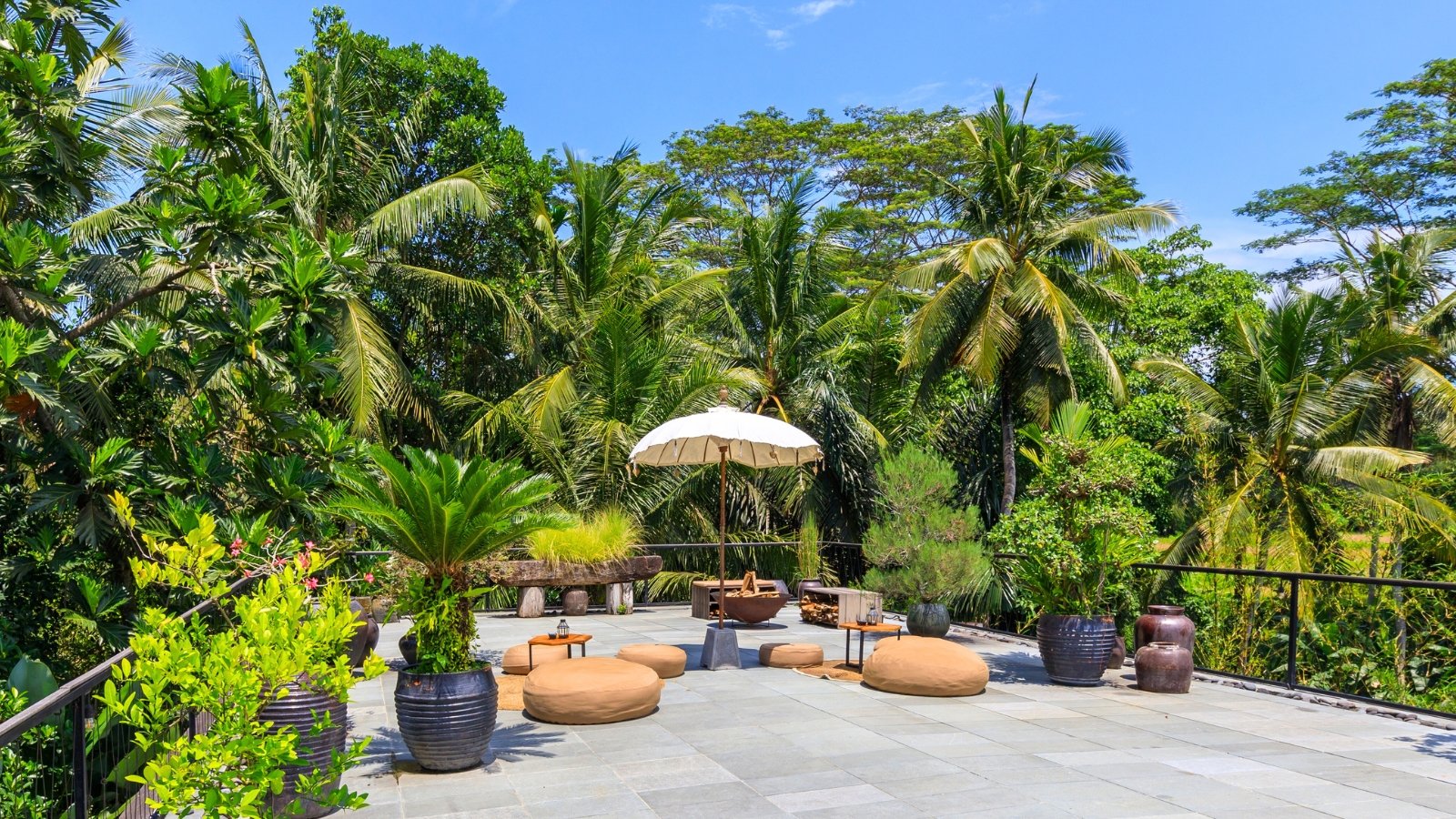
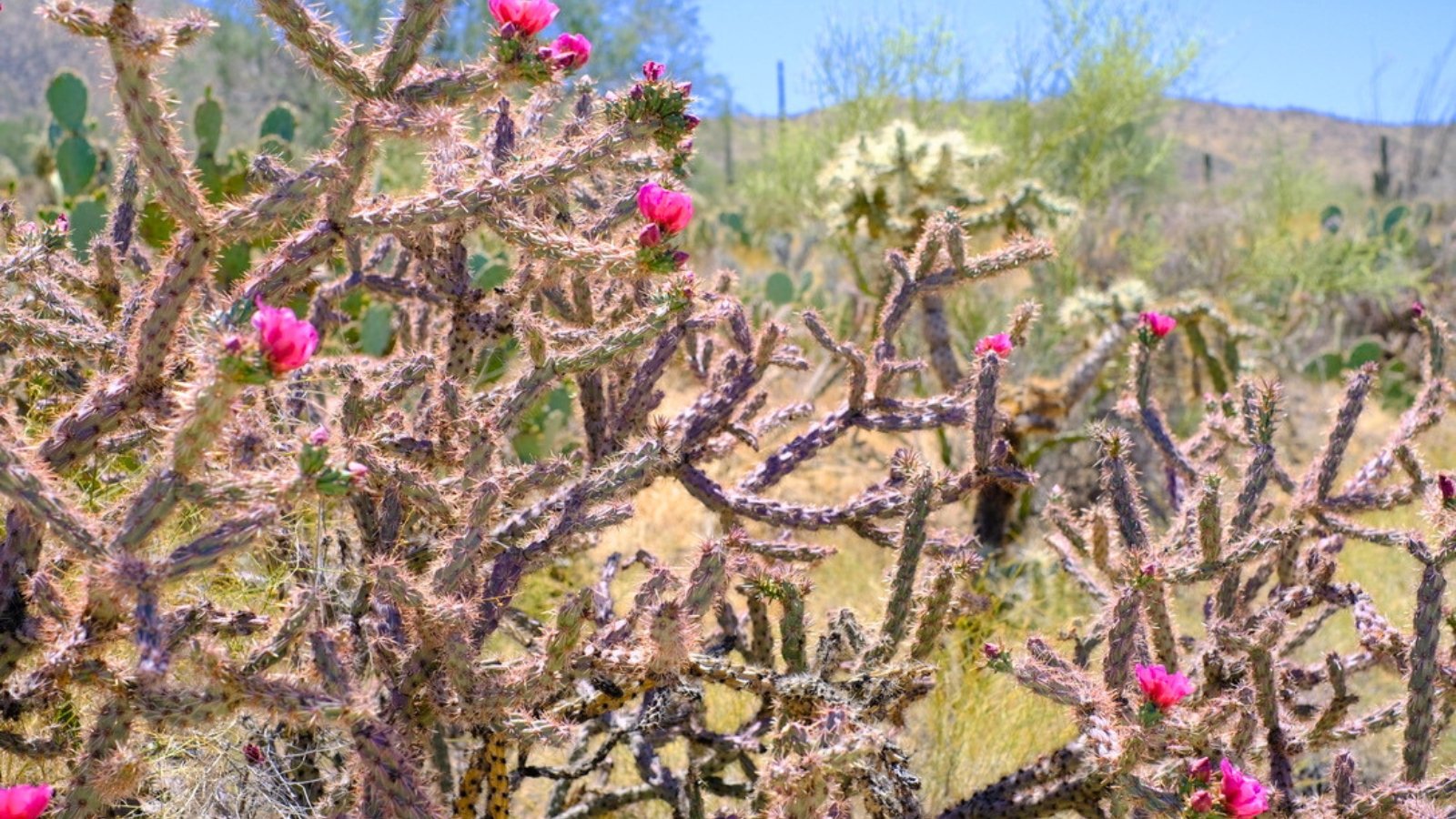
















 English (US) ·
English (US) ·  French (CA) ·
French (CA) ·